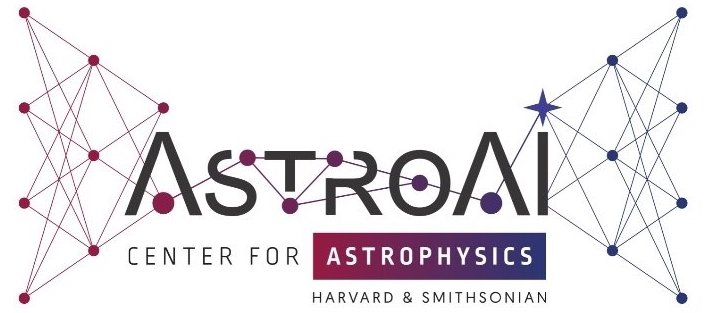Using Neural Networks to detect Dark Star Candidates in the Early Universe
Presenter: Sayed Shafaat Mahmud
Title: Using Neural Networks to detect Dark Star Candidates in the Early Universe
Date/Time: Monday, June 17th, 2:30 - 4:00 PM; Thursday, June 20th, 3:30 - 5:00 PM
Abstract: Dark Stars, hypothesized to have formed during the cosmic dawn era, are unique stellar objects that utilize dark matter annihilation as their primary source of energy against gravitational collapse. These stars can reach immense sizes, and shine as bright as a galaxy. As such, they can be the precursors to the many observed supermassive black holes at high redshift, which remains an open question in Astronomy.
With the advent of the James Webb Space Telescope (JWST), we are now observing photometric data of too many, too massive, galaxy candidates too early in the universe. Motivated by recent findings by Ilie et al. 2023 (PNAS), who identified the first three Supermassive Dark Star (SMDS) candidates, we developed a Neural Network (NN) to automatize finding SMDS candidates. The NN was trained using simulated SMDSs spectra and can identify candidates based on photometric JWST data. In addition to independently re-identifying the first three SMDSs candidates found by Ilie et al. 2023, we detect and discuss several more. Our study presents a novel application of neural networks, and our results demonstrate the potential of neural networks in accurately predicting the crucial parameters associated with Dark Stars. This study contributes to our understanding of early universe astrophysics and aids in the identification of elusive Dark Star candidates, which, in turn, could hold clues to the nature of the Dark Matter particle itself.
